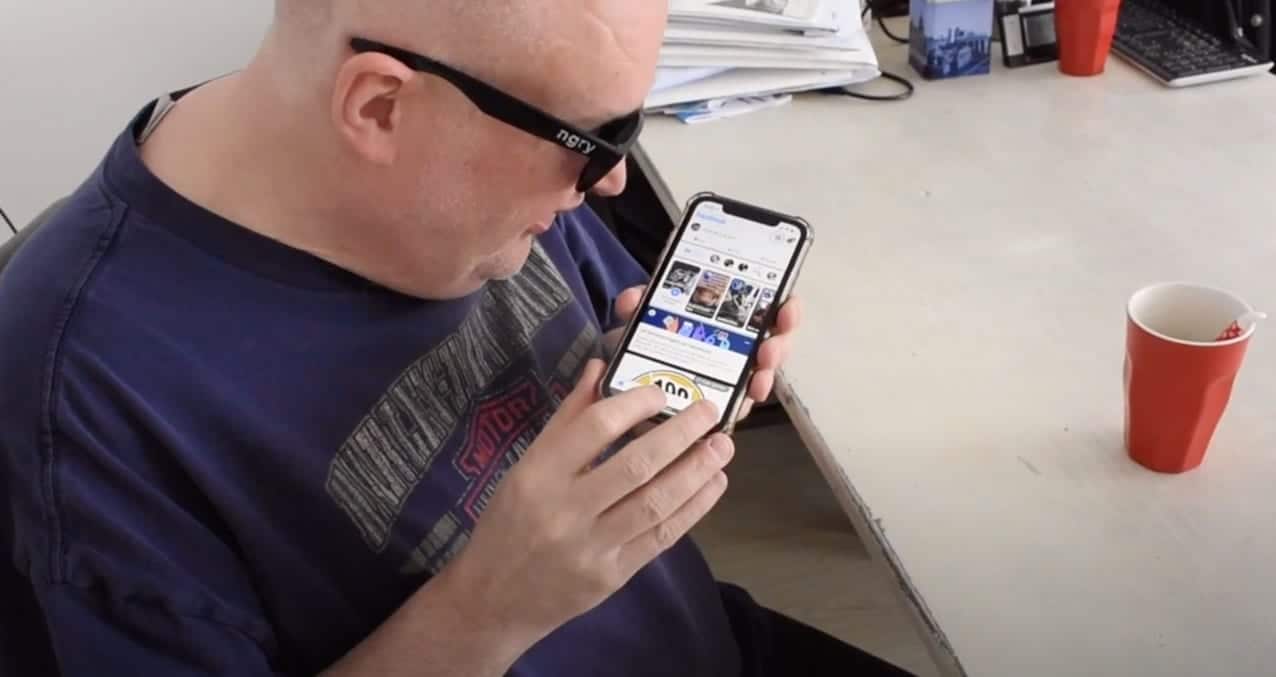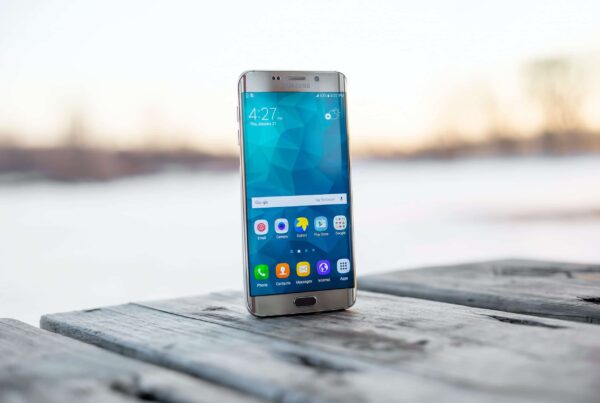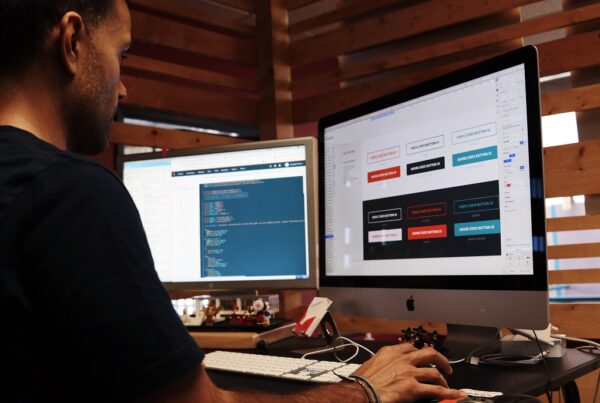The number of blind and visually impaired in the Netherlands is increasing
Currently, more than 250,000 people in the Netherlands have a visual impairment, of which about 76,000 are blind. Partly due to the increasing aging population, this number will continue to grow in the coming years. The figures from the Eye Fund show that 85% of this group of people are 50 years or older. Many internet pages are full of texts and images, which makes it very difficult for the blind and visually impaired to find their way digitally.
How do blind and visually impaired find their way on the internet?
For someone who can hardly see, it is very difficult to find a way on the internet. Blind and visually impaired are completely dependent on the keyboard, because they cannot see the cursor and the internet pages themselves. This group can listen to an internet page. This is done with the help of special Tekst-NAARSPRAAG SOFTWARE, also called a screen reader . This software reads the written content of an internet page, so that the blind and visually impaired can understand what it says.
In practice it appears that many problems are still being experienced with this. Many websites are not built for the use of a screen reader. In such cases, the written code on the website is incorrect, for example with a link. A screen reader then reads the full HTML code of the link, while only the word itself should be read.
In addition to text-to-speech software, hardware has also been developed to increase the digital accessibility for blind and visually impaired, such as the Brailleese rule. This is a device that is often placed under the keyboard, so that the blind can read the text of a web page as a Braillescript.
Research shows: Many websites are poorly accessible
Earlier research by Stichting Accessibility has shown that many websites are poorly accessible to blind and visually impaired people. None of all is easily accessible from a list of one hundred much visited Dutch websites. No less than half of the websites investigated from this list cannot be operated with a keyboard, which makes them inaccessible for blind and visually impaired people.
Regarding the visibility of images, most websites also score low in the field of accessibility. It is technically possible to make the image “visible” by describing it with words. This is done by specifying an alternative description. In practice it appears that many websites have not added such a description to their images.
In general, the websites of the central government score best. The websites of energy companies, news sites and web stores only score in the field of accessibility for the blind and visually impaired people. The websites of many municipalities are still lagging behind in this area. So there is still enough room for improvements in this area.
Digital accessibility for blind and visually impaired; The solutions
The world digitizes and that is why the digital accessibility of websites is becoming increasingly important. Many organizations are often not aware of the fact that people with a disability also use the internet and do not pay insufficient attention to the accessibility of their websites. This is a shame, certainly because the solutions are fairly simple.
For example, if the accessibility for blind and visually impaired is taken into account immediately when developing a website, you will go a long way. In many cases, an adjustment of the coding is sufficient. Moreover, this not only benefits digital accessibility, but also the ranking of the website in the search results.
In our Kennisbank practical tips in this area are discussed. These are directly applicable for developers and online marketers.
Google is working on digital accessibility for blind and visually impaired
Google is also aware of the fact that the digital accessibility of the internet is an important development. That is why Google is building a new function for the Chrome browser that can be used by screen readers. This function uses artificial intelligence and focuses on the images of a website in addition to the text. In the case of images to which no alternative text has been added, the function of Google searches for a match of the image and then can give a description.
Making websites digitally accessible?
It is important that websites are easily accessible, also for people with a functional disability. Many websites in the Netherlands can still improve considerably in this area. Do you have questions about how you make your website more digitally more accessible or are you looking for more information? Contact us or make an appointment with one of our accessibility experts. [[ /vc_column_text]




